Parking is a problem that Long Beach State students and administration have been fighting for 70 years. The campus has transformed since 1949, but the struggle to find a parking spot has not.
CSULB has always been a commuter campus. The first class consisted mostly of World War II veterans seeking an education. Many of these veterans had settled with their families in the nearby cities and would work during the day and commute to CSULB for night classes. Students parked without fear of fees in the 300-acres that surrounded the small campus buildings.
For a student today, a sprawling field with endless parking opportunities would be a dream, but the dirt parking in the 1950s presented its own problem for students.
“What’s now lower-campus where the [University] Student Union is and Brotman Hall, most of that was unpaved and that’s where we parked,” said Lee Brown, a CSULB class of 1960 alumnus and professor emeritus. “When it rained, AAA made millions. They came and winched and pulled everybody out.”
The area where the USU now sits was a dirt hill where students parked their cars in the early years of the university.
“Parking has always been a problem,” Phil Riley, a class of 1955 alumnus recalled.
He said the rare, rainy Southern California days caused problems for his peers who parked on the dirt hill.
“[The dirt lot] wasn’t an organized parking lot,” Riley said. “One day, kids were all parked up on that hill, and it rained and all the cars slid down the hill. When they came out of class they found all their cars piled up at the bottom all against each other.”
Enlarge
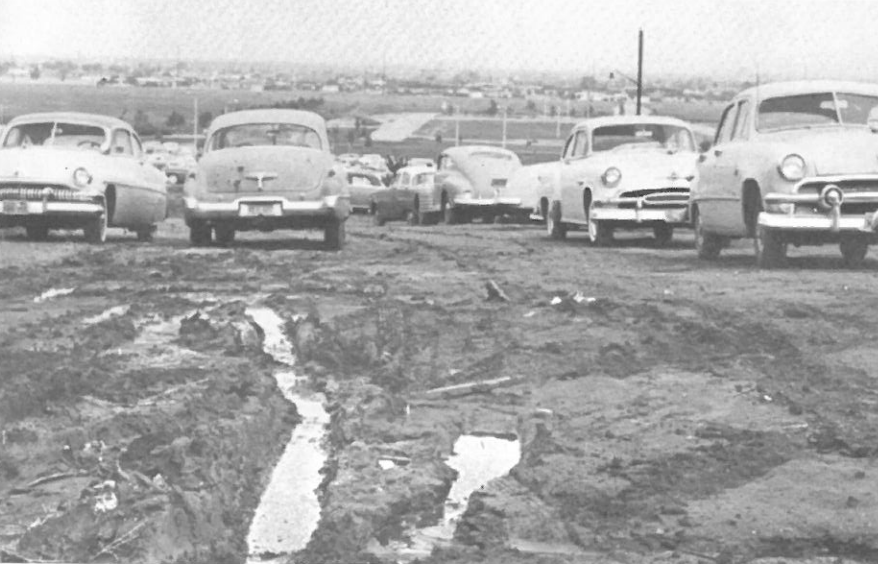
CSULB
Many students today love to complain about parking, and Riley said the ‘50s were no different as he recalled an interaction he had with his biology professor.
“One of the professors of mine came to class one day and was upset because there had been a student survey about what they consider the important issue of the day,” Riley said. “He said that the majority of people [surveyed] said parking and he was upset that they didn’t have a more intellectual outlet.”
The complaints of cars sliding into each other in the muddy dirt lots and the rapid growth of the campus prompted the administration to build the first paved lot in 1959. The luxury of the cars not getting stuck in the mud came at a cost; the first parking permit fees.
Students of ‘59 were outraged about the new $13 per semester permit, which is roughly $155 today, and started the 60-year war between parking authority and students.
Riley said that the administration told students that the fees were to help build parking lots at other California State University campuses.
In response to the new fees, students did what they do best — find a free alternative.
“Students used to park endlessly on Seventh Street,” Brown said about the 1959 parking situation.
By 1969 the student population had doubled to over 21,500 students, creating huge parking problems.
Enlarge
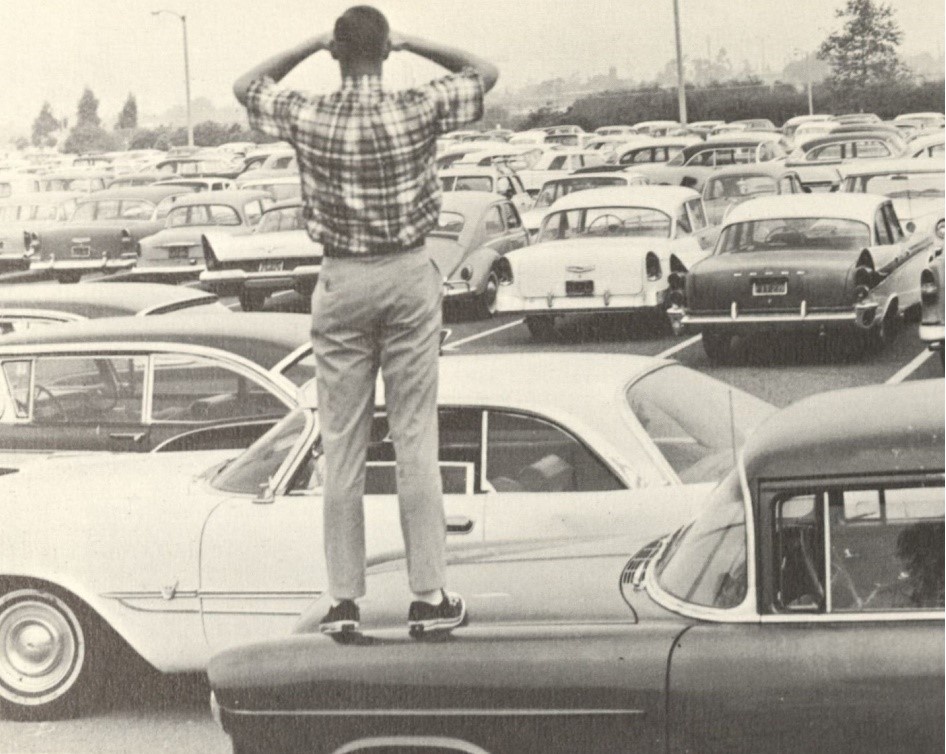
CSULB
The Long Beach Police Department had banned parking on Seventh Street by this point due to unsafe conditions on the busy street.
Again, students tried to get around the parking crisis — sometimes to an extreme.
In March of 1969, the Daily Forty-Niner reported on student, Brian Fiedler who built a car called the “Loophole.” Fielder’s homemade three-wheeled vehicle was technically not a car, and he was able to use this loophole to register the vehicle as a motorcycle. The vacant motorcycle spots allowed him to park with ease, and save hundreds of dollars in parking permits he told the Forty-Niner.
“I could do anything that I wanted to do,” he said.
Enlarge
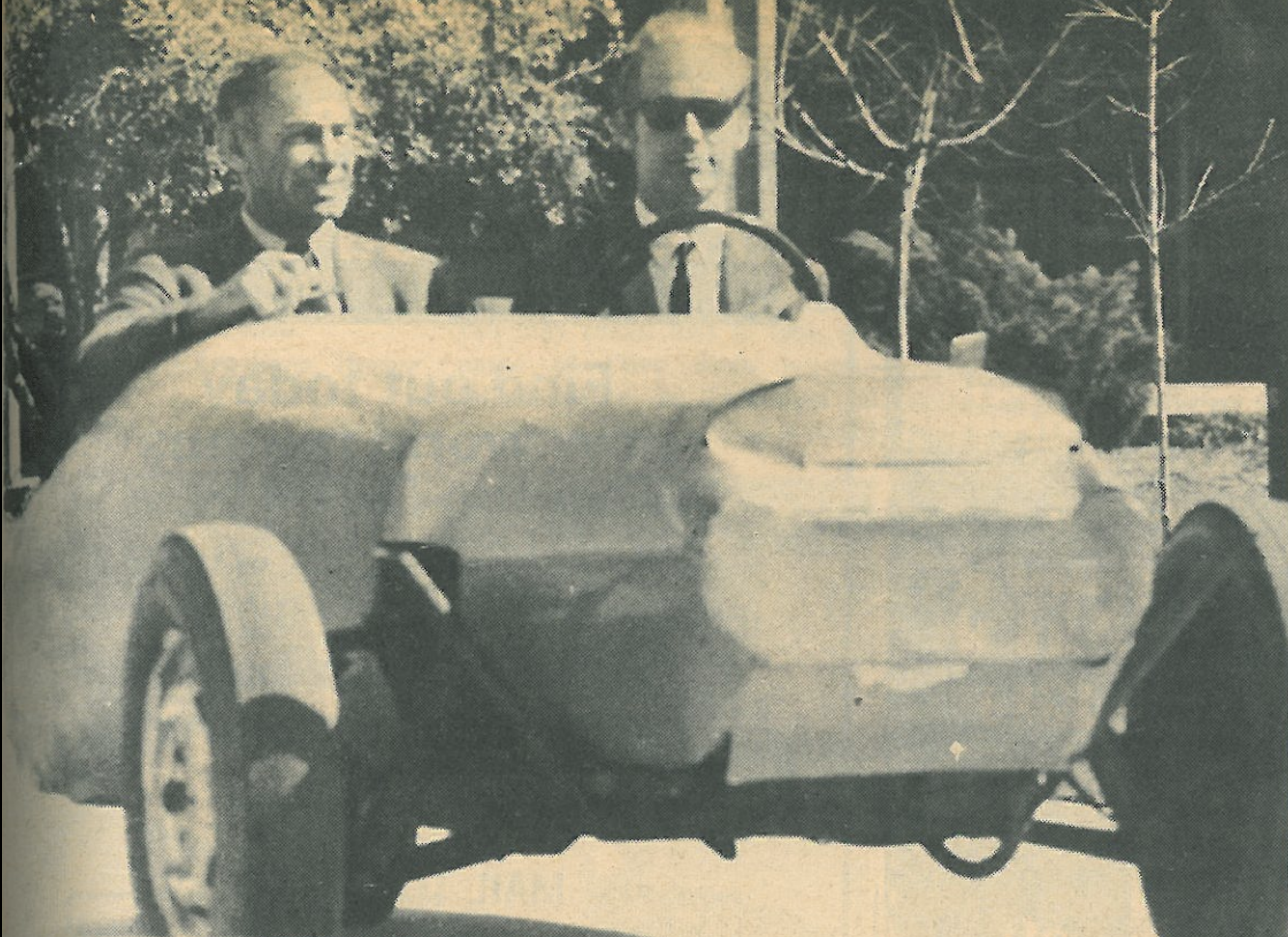
Daily Forty-Niner archive photo
By the ‘80s many of the lots students recognize today were in place. Pay machines were added and parking permit prices were raised 60% to $34 a semester and students were, again, outraged.
Students looked to get around the increased fees by parking in the Seventh Street “$2 Lot,” an off-campus gravel lot across the street from the McIntosh Building where a neighborhood is today.
“I could see Catalina [from the lot],” Paula Riley recalled. “Then they tore that lot out to build houses. It was a great place to park because it was the only place to park on upper campus.”
In the early ‘90s, the school had run out of room to pave. Administrators decided to build upwards, and, in 1994, the first parking garage was completed. The Palo Verde garage added 2,800 parking spots and raised parking permit fees from $54 a semester in 1992 to $63 in 1994 to help fund the project.
Despite the administration’s history of attempts to curb the parking problem, parking is now worse than ever according to many current students.
“I got [to campus] at 12:00 [p.m.], it would be a stretch to say that there weren’t any other spots available, but given the time I had to make it to class on time, and [with] the large amount of other students scrambling for a spot, I really did not have a choice,” said Franco Vizcaya, a second-year computer science major. “The campus is really scamming the commuting portion of the class.”
The 14,090 spots aren’t enough for the roughly 20,000 students who drive to campus. In an effort to reduce car-commuter numbers and carbon emissions, Parking and Transportation Services has reinvested in sustainability.
Solar panels were added to lots G6, G7 and G8 in 2016 to help power CSULB and offer charging stations for electric vehicles. Parking and Transportation Services also partnered with Long Beach Transit in 2010 to offer discounted bus permits for transit throughout Long Beach.
President Jane Close Conoley announced on Sept. 6 that parking has become an educational barrier for students and faculty on campus. She said the administration is in discussions to alleviate parking pressure.
Workarounds this semester include the eight-week assisted parking service to double-park cars in assigned lots.
The latest parking discussion has sparked controversy, as the last of the undeveloped land on campus, the 22-acre parcel known to Native Americans as Puvungnva, is a target for a potential temporary dirt lot.
“In terms of additional parking we’re looking over near the Japanese Garden,” Conoley told the Forty-Niner. “That’s still in the environmental investigation, so it’s not a done deal, but we’d like to add another 500 spots over there. [The spots] would be used only during those first eight-weeks and then we’ll leave it alone.
If the 500-parking spot lot becomes a reality, the campus will have come full circle, ending where it began, with dirt lots to fuel controversy and outrage.

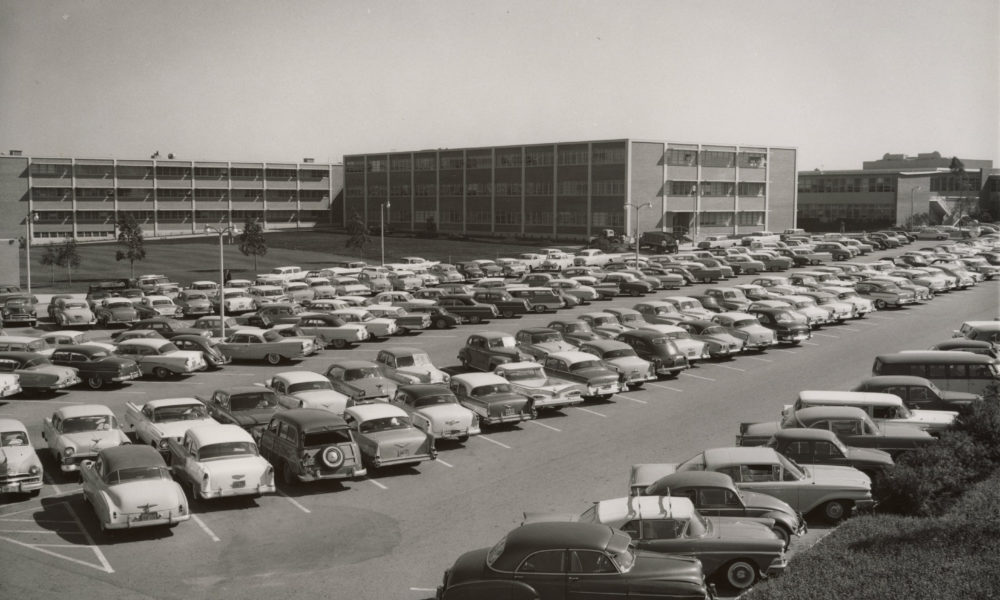
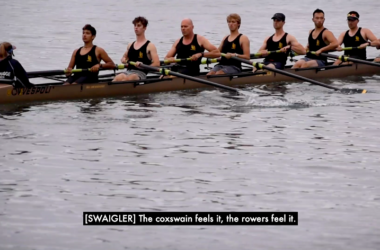
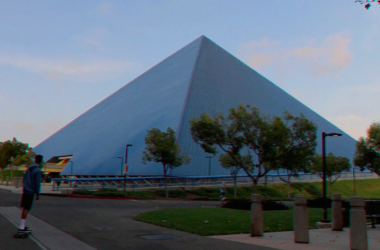

I went to the 49er Bookstore on Thursday and there are no signs posted saying you need to buy a permit to shop at the store. When I came out of the bookstore I got a big ticket. At least to me, on my budget. I’m alum and my son will start there in the fall and I am pretty disgusted.
Hi there! We understand your frustration. For future reference, paid parking is required at all times while on campus at CSULB. Here’s the Parking and Transportation Services website for more information: https://www.csulb.edu/parking-and-transportation-services